Home>Gardening & Outdoor>Landscaping Ideas>When Should Weed And Feed Be Applied To Lawns
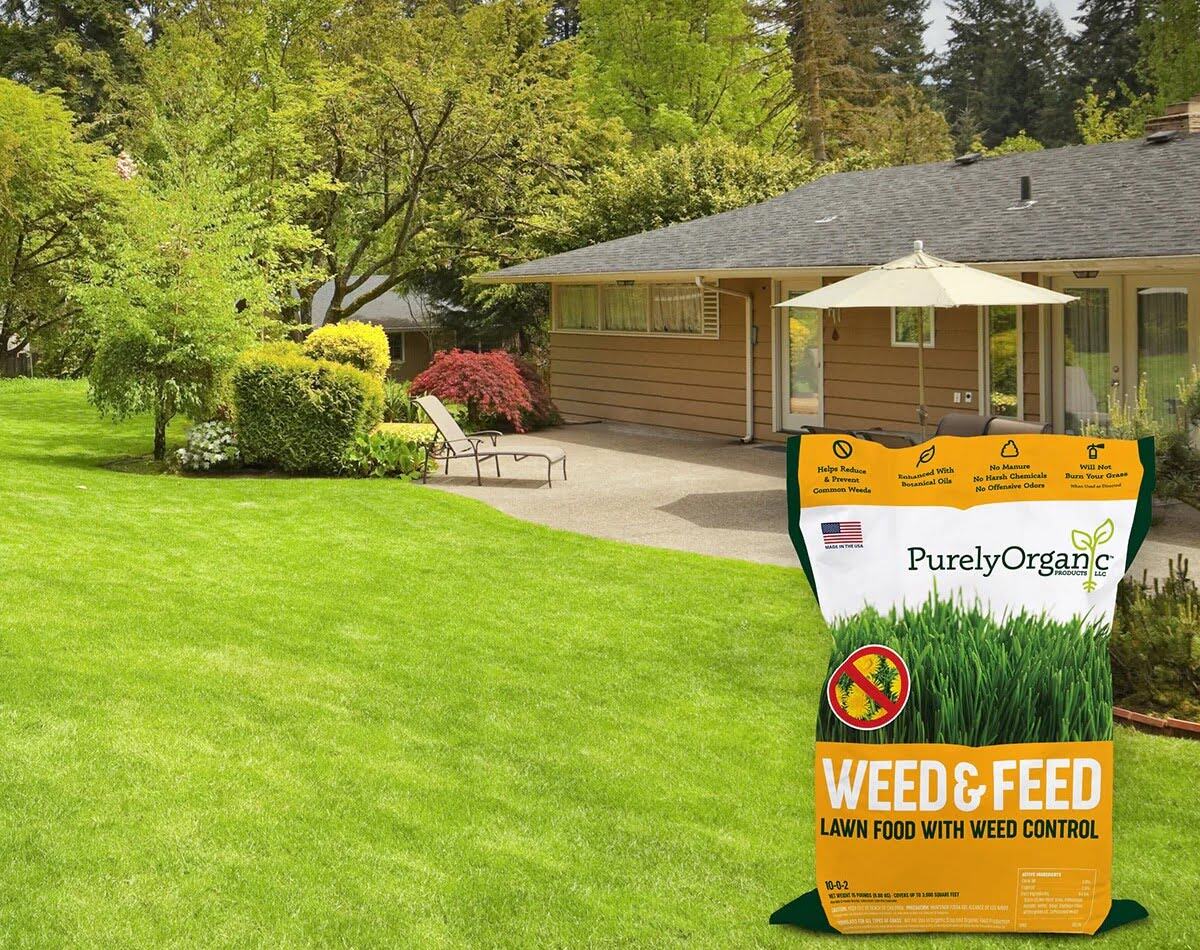

Landscaping Ideas
When Should Weed And Feed Be Applied To Lawns
Modified: April 22, 2024
Learn the best timing for applying weed and feed to your lawn for a lush, healthy yard. Discover effective landscaping ideas for a vibrant outdoor space.
(Many of the links in this article redirect to a specific reviewed product. Your purchase of these products through affiliate links helps to generate commission for Storables.com, at no extra cost. Learn more)
Introduction
Welcome to the wonderful world of lawn care! A lush, green lawn is not only a beautiful addition to your home but also a source of pride for many homeowners. However, maintaining a healthy lawn requires proper care and attention, including regular feeding and weed control. One popular method for achieving this is through the use of weed and feed products, which are designed to simultaneously nourish your lawn and combat pesky weeds. In this comprehensive guide, we will delve into the intricacies of weed and feed applications, including the best time to apply these products for optimal results.
Whether you are a seasoned lawn care enthusiast or a newcomer to the world of turf maintenance, understanding the nuances of weed and feed applications is crucial for achieving a vibrant, weed-free lawn. By exploring the factors that influence the timing of weed and feed treatments, you can ensure that your lawn receives the care it needs to thrive throughout the year. So, let’s embark on this journey to uncover the best practices for applying weed and feed to your lawn, empowering you to cultivate a healthy and picturesque outdoor space that you can enjoy year-round.
Key Takeaways:
- Timing is crucial for weed and feed applications. Applying in early spring for cool-season grasses and late spring to early summer for warm-season grasses maximizes effectiveness.
- Consider grass type, weed growth stage, and local climate for optimal weed and feed application. Adhering to local regulations ensures responsible lawn care practices.
Read more: When Should Fertilizer Be Applied To Lawns
Understanding Weed and Feed
Weed and feed products are a popular choice for homeowners seeking an efficient solution to both fertilize their lawns and control weed growth. These products typically contain a combination of fertilizer to promote healthy grass growth and herbicides to target common weeds such as dandelions, clover, and crabgrass. The fertilizer component of weed and feed products provides essential nutrients, such as nitrogen, phosphorus, and potassium, which are vital for promoting strong root development, vibrant green color, and overall lawn health.
When it comes to weed control, herbicides in weed and feed formulations work to eliminate existing weeds and prevent the germination of weed seeds. This dual-action approach makes weed and feed products an attractive option for homeowners looking to simplify their lawn care routines while effectively managing weed infestations.
It’s important to note that not all weed and feed products are suitable for every type of grass or lawn condition. Different formulations are tailored to specific grass types and regional considerations, so it’s essential to select a product that aligns with your lawn’s needs. Additionally, understanding the proper application techniques and timing for weed and feed treatments is crucial to maximize their effectiveness while minimizing any potential risks to your lawn and the surrounding environment.
By gaining a deeper understanding of how weed and feed products function and their impact on your lawn, you can make informed decisions when it comes to selecting and applying these treatments. With this knowledge in hand, you’ll be better equipped to nurture a healthy, resilient lawn that can withstand the challenges of weed growth and environmental stressors.
Factors to Consider
When determining the appropriate timing for applying weed and feed products to your lawn, several factors should be taken into account to ensure the best possible results. Understanding these key considerations will help you make informed decisions and tailor your weed and feed application to suit your lawn’s specific needs.
- Grass Type: Different grass species have varying growth patterns and seasonal requirements. It’s essential to consider the type of grass in your lawn when planning weed and feed applications. Warm-season grasses, such as Bermuda grass and Zoysia grass, thrive during the warmer months and typically benefit from weed and feed treatments in late spring or early summer. In contrast, cool-season grasses like Kentucky bluegrass and fescue may require weed and feed applications in early spring or early fall to coincide with their peak growth periods.
- Weed Growth Stage: The developmental stage of weeds in your lawn can influence the effectiveness of weed and feed treatments. Timing applications to target weeds during their active growth stages can enhance the herbicide’s ability to control and eliminate them. Understanding the life cycles of common weeds in your region can help you identify the most opportune moments to apply weed and feed products for maximum impact.
- Weather Conditions: Weather plays a significant role in the success of weed and feed applications. Ideally, you’ll want to apply these products during a period of mild, moist weather to facilitate optimal nutrient uptake by the grass and ensure effective herbicidal action on weeds. Avoiding extreme heat, drought, or heavy rainfall immediately after application can help minimize stress on the lawn and maximize the products’ efficacy.
- Local Regulations and Restrictions: It’s important to be aware of any local regulations or restrictions pertaining to the use of herbicides and fertilizers in your area. Some regions may have specific guidelines regarding the timing and frequency of lawn treatments, as well as restrictions on certain active ingredients. Adhering to these regulations is not only essential for environmental stewardship but also for maintaining a healthy and sustainable lawn.
By considering these factors in tandem with your lawn’s unique characteristics and environmental conditions, you can develop a tailored approach to weed and feed applications that promotes the long-term health and beauty of your lawn while effectively managing weed infestations.
Apply weed and feed to your lawn in early spring or early fall for best results. Avoid applying during hot, dry periods or before heavy rain to prevent burning or runoff.
Best Time to Apply Weed and Feed
Timing is crucial when it comes to applying weed and feed products to your lawn. By aligning your treatments with the optimal seasonal and environmental conditions, you can maximize the benefits of these products and achieve superior results in weed control and lawn nourishment. The best time to apply weed and feed varies depending on factors such as grass type, weed growth stage, and local climate patterns. Let’s explore the ideal timing for weed and feed applications based on these considerations.
Early Spring: For lawns with cool-season grasses, early spring is an opportune time to apply weed and feed products. As the grass begins to emerge from dormancy and resumes active growth, it can benefit from a nutrient boost provided by the fertilizer component of weed and feed formulations. Additionally, targeting early-season weeds while they are still in their early growth stages can help prevent their proliferation and establish a healthier lawn.
Late Spring to Early Summer: Lawns with warm-season grasses typically thrive during the late spring to early summer period. Applying weed and feed products during this time can coincide with the peak growth phase of these grasses, allowing them to efficiently utilize the nutrients provided by the fertilizer. Moreover, targeting weeds during their active growth stages in the warmer months can enhance the effectiveness of herbicidal components in the weed and feed formulations.
Early Fall: As the summer heat begins to wane and cool-season grasses experience a resurgence in growth, early fall presents another opportunity for weed and feed applications. Providing essential nutrients to the grass as it prepares for the winter months can contribute to improved resilience and a vibrant appearance. Targeting late-season weeds before they have a chance to spread and establish themselves can help maintain a weed-free lawn throughout the fall and into the following spring.
It’s important to note that the specific timing for weed and feed applications may vary based on regional climate patterns and local growing conditions. Monitoring your lawn’s development and staying attuned to environmental cues can help you fine-tune the timing of your weed and feed treatments for optimal outcomes.
By strategically applying weed and feed products in alignment with your lawn’s unique needs and the seasonal dynamics of grass and weed growth, you can foster a healthy, resilient lawn that showcases lush, vibrant grass while keeping invasive weeds at bay.
Conclusion
As we conclude our exploration of the optimal timing for applying weed and feed products to lawns, it’s evident that a nuanced understanding of seasonal dynamics, grass types, and weed growth stages is essential for achieving successful outcomes. By carefully considering these factors and tailoring your weed and feed applications to align with your lawn’s specific needs, you can promote healthy grass growth, combat weed infestations, and maintain a lush, vibrant lawn throughout the year.
Timing plays a pivotal role in the effectiveness of weed and feed treatments, and by adhering to the recommended application windows for different grass types and regional conditions, you can harness the full potential of these products. Whether it’s providing a nutrient boost to cool-season grasses in early spring, targeting weeds during their active growth stages in late spring and early summer, or fortifying the resilience of your lawn with fall applications, strategic timing can make a significant difference in the overall health and appearance of your lawn.
Furthermore, staying informed about local regulations and restrictions related to the use of herbicides and fertilizers is crucial for responsible lawn care practices. By complying with these guidelines and adopting environmentally conscious approaches to weed and feed applications, you can contribute to the sustainability of your lawn and the broader ecosystem.
Ultimately, the best time to apply weed and feed products is a dynamic interplay of seasonal cues, grass growth patterns, and weed life cycles. By embracing a proactive and informed approach to lawn care, you can create an outdoor space that not only enhances the beauty of your home but also provides a welcoming environment for outdoor activities and relaxation.
As you embark on your journey to cultivate a healthy, weed-free lawn, may the insights shared in this guide empower you to make well-informed decisions and take confident strides toward nurturing a thriving and resilient outdoor oasis that you can enjoy year-round.
Frequently Asked Questions about When Should Weed And Feed Be Applied To Lawns
Was this page helpful?
At Storables.com, we guarantee accurate and reliable information. Our content, validated by Expert Board Contributors, is crafted following stringent Editorial Policies. We're committed to providing you with well-researched, expert-backed insights for all your informational needs.
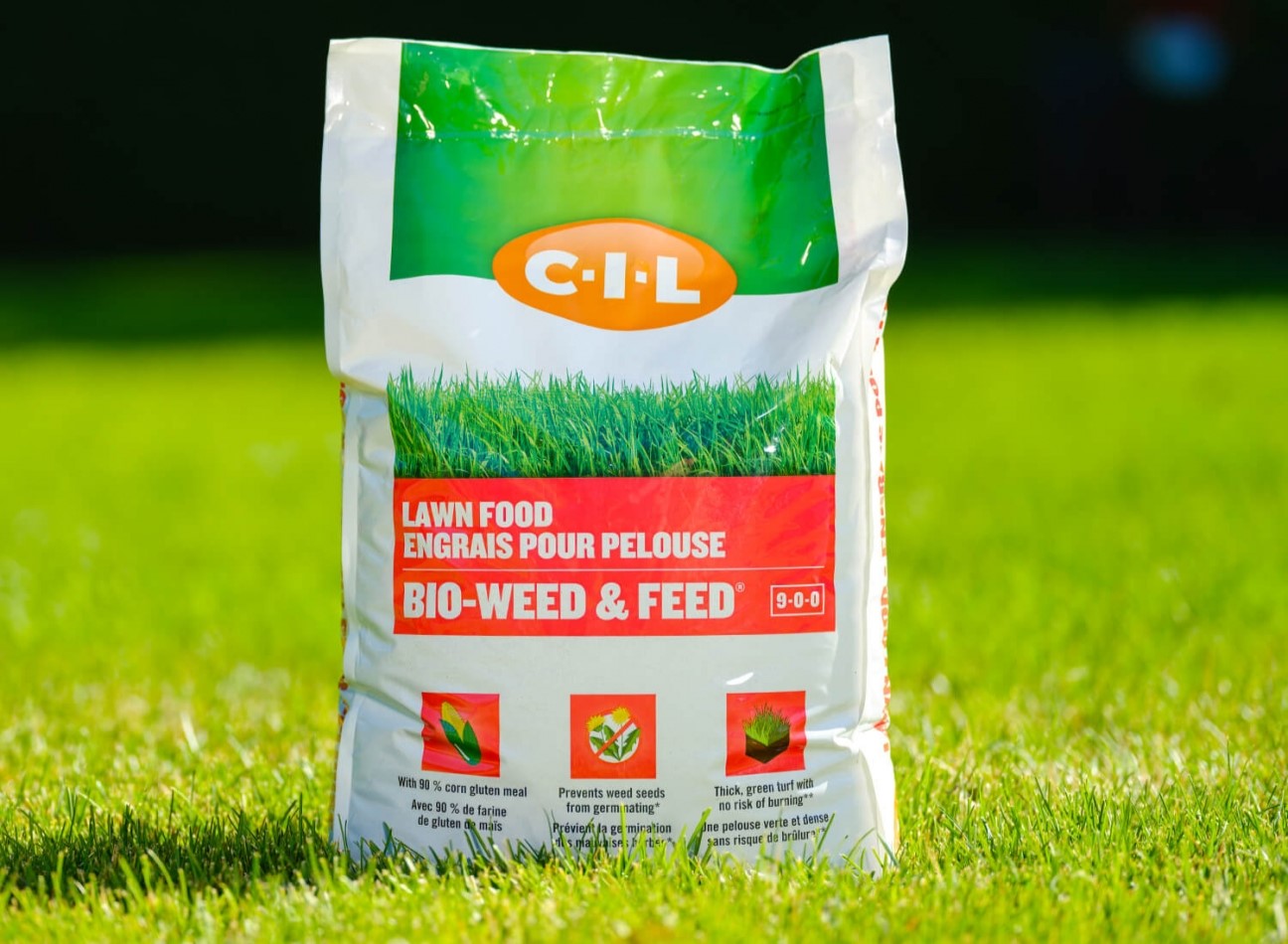
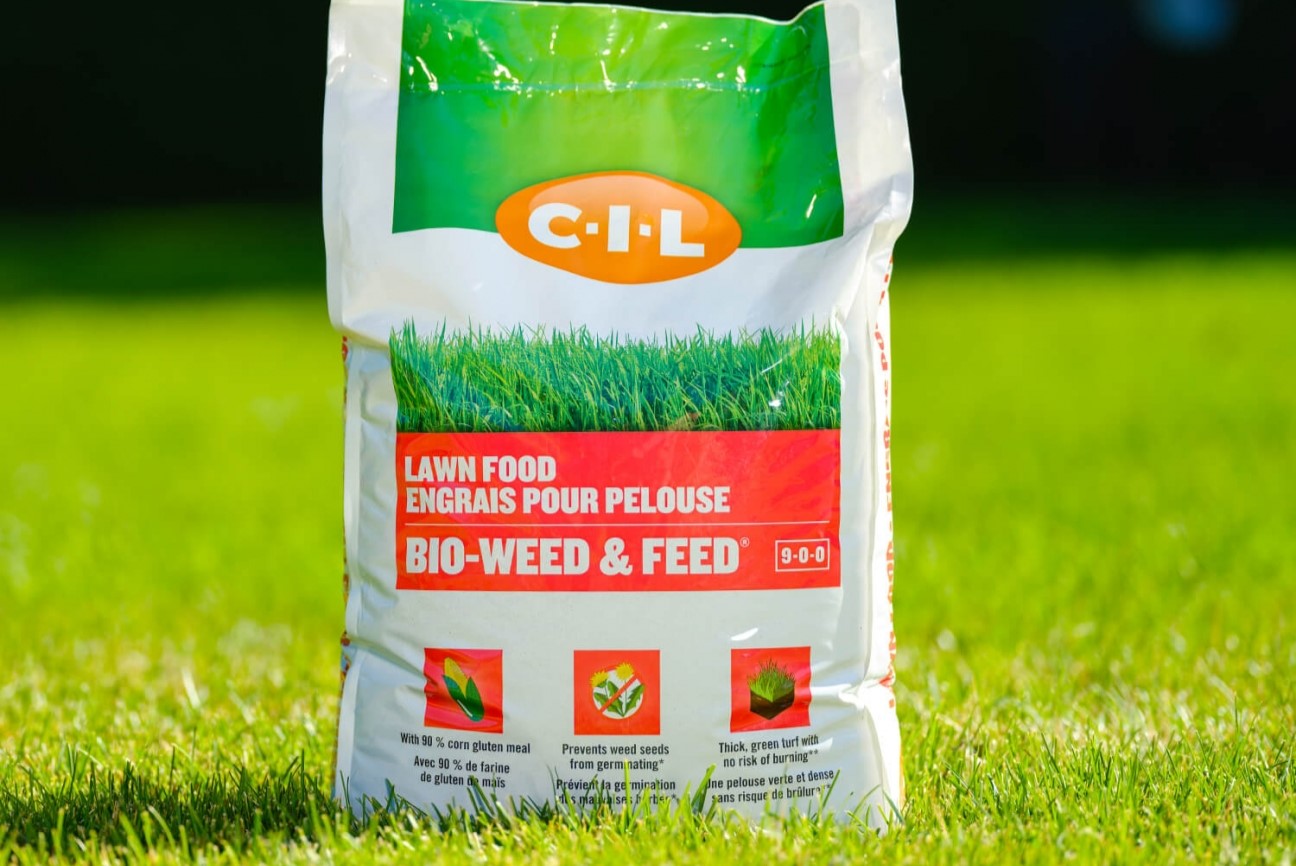
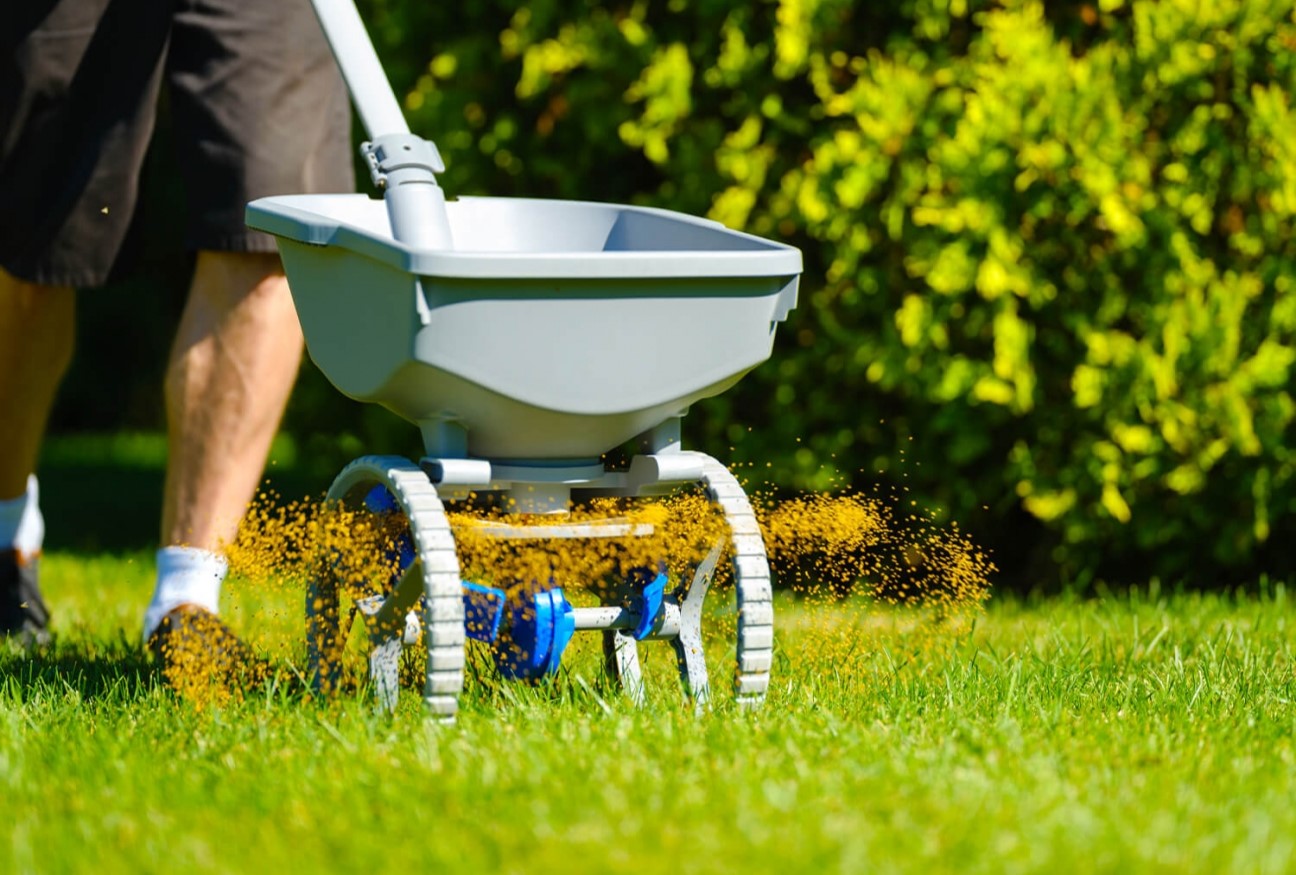
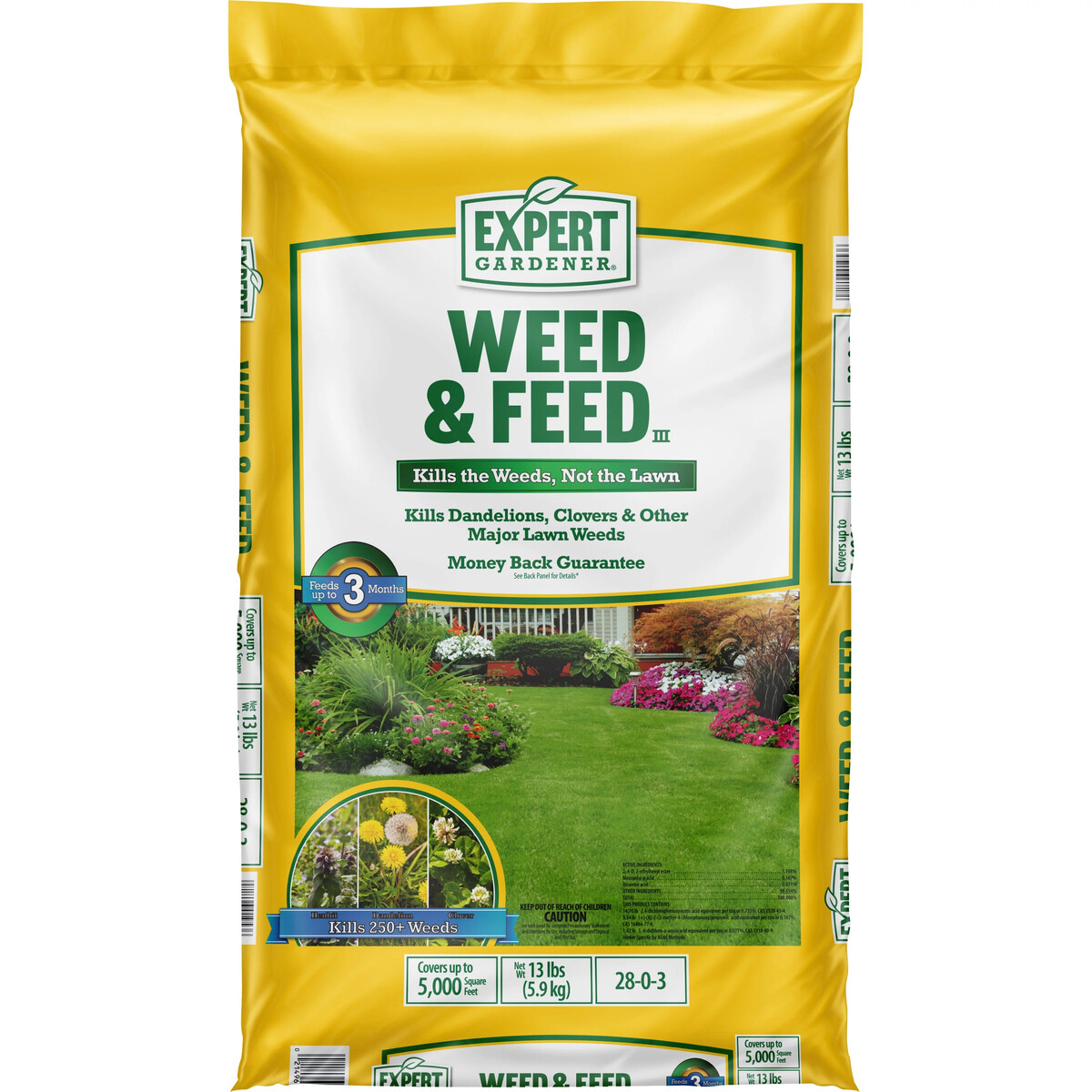
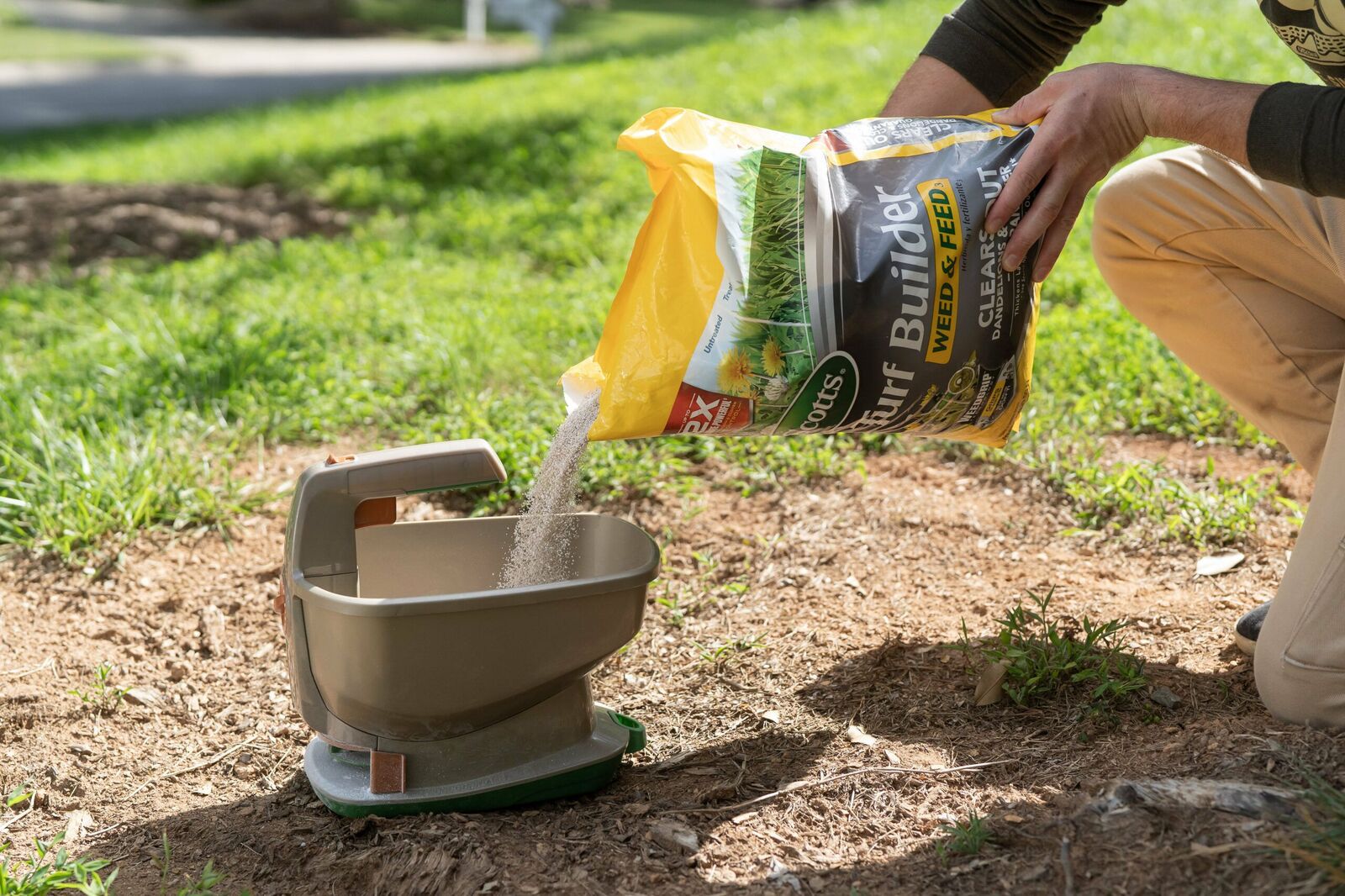
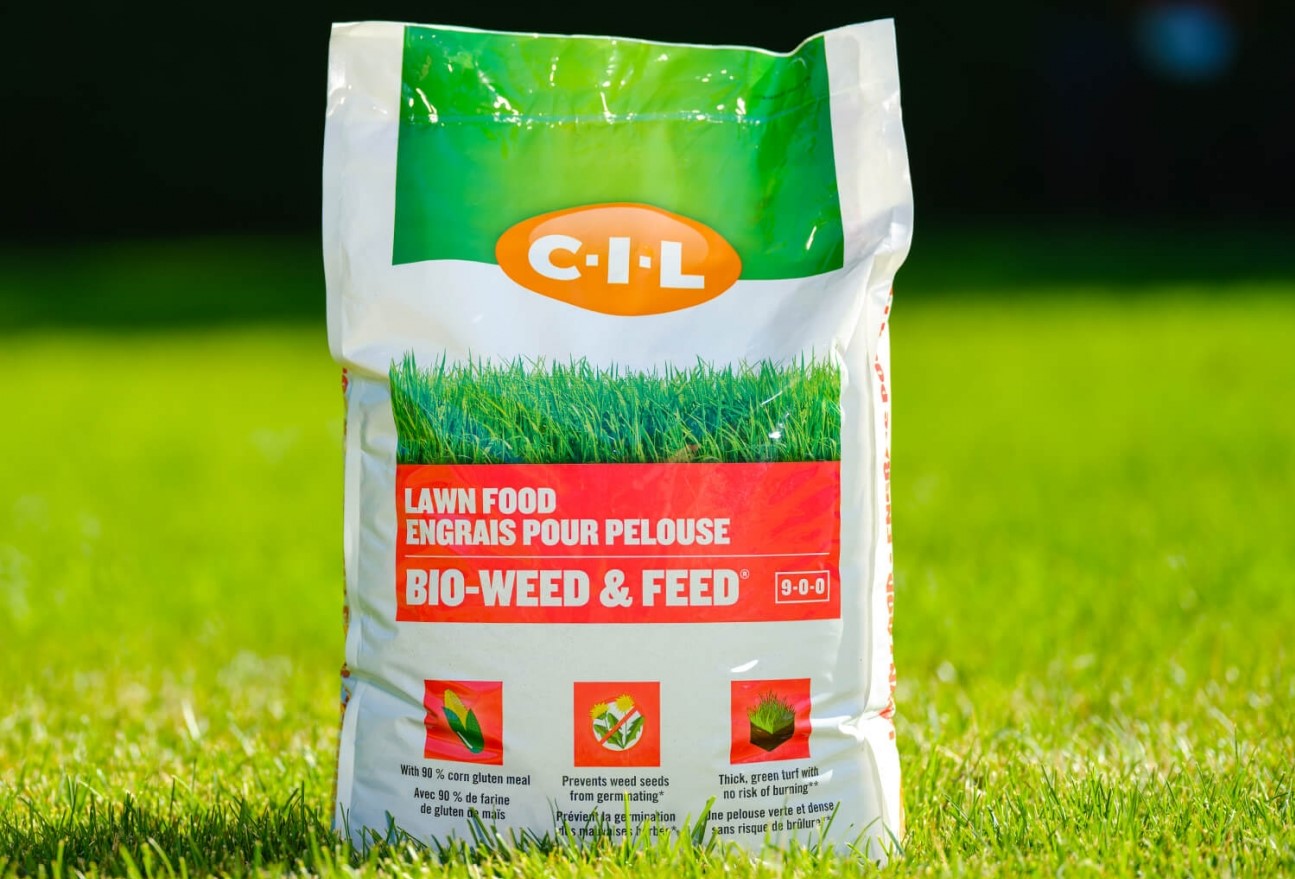
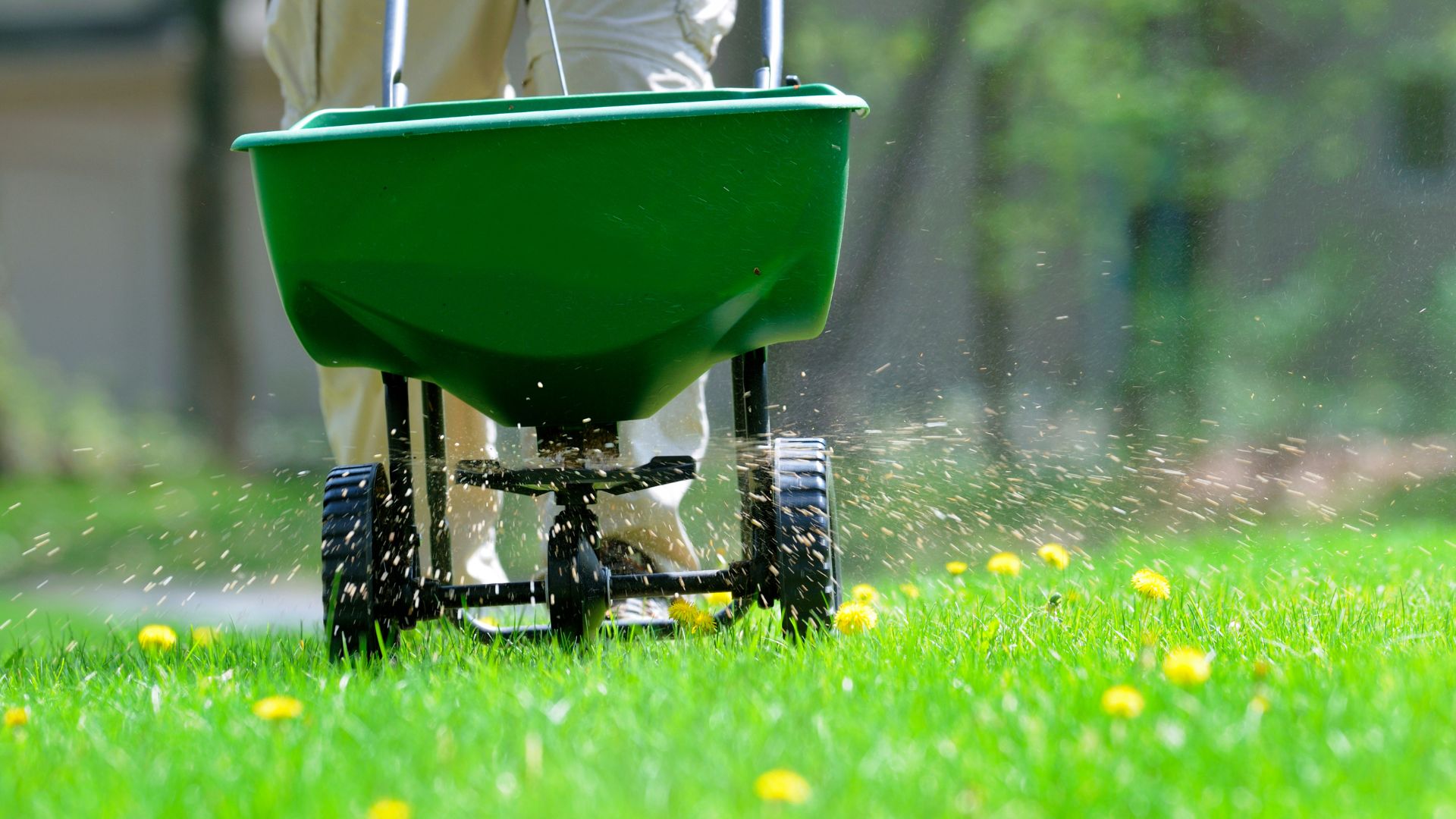
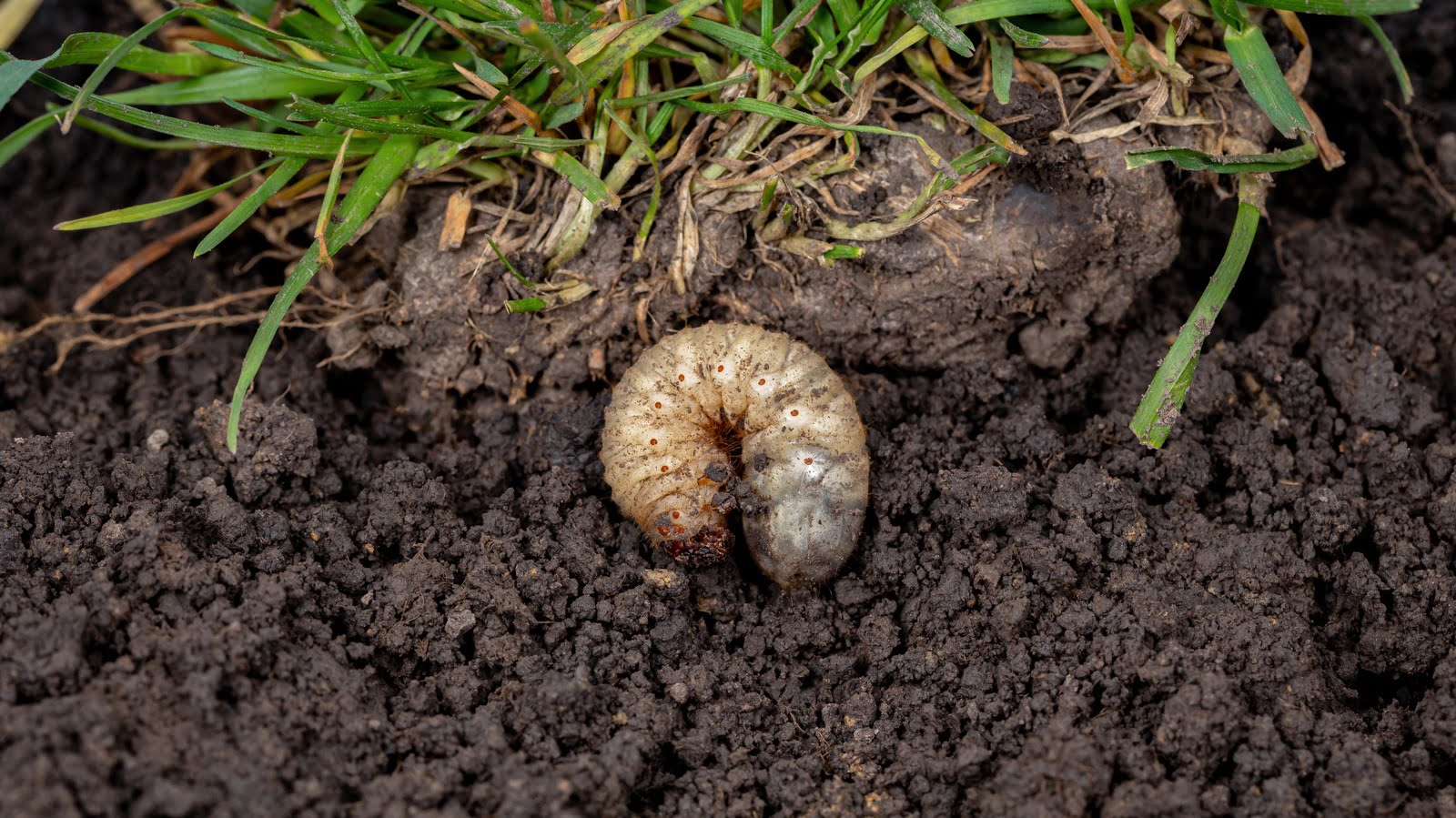
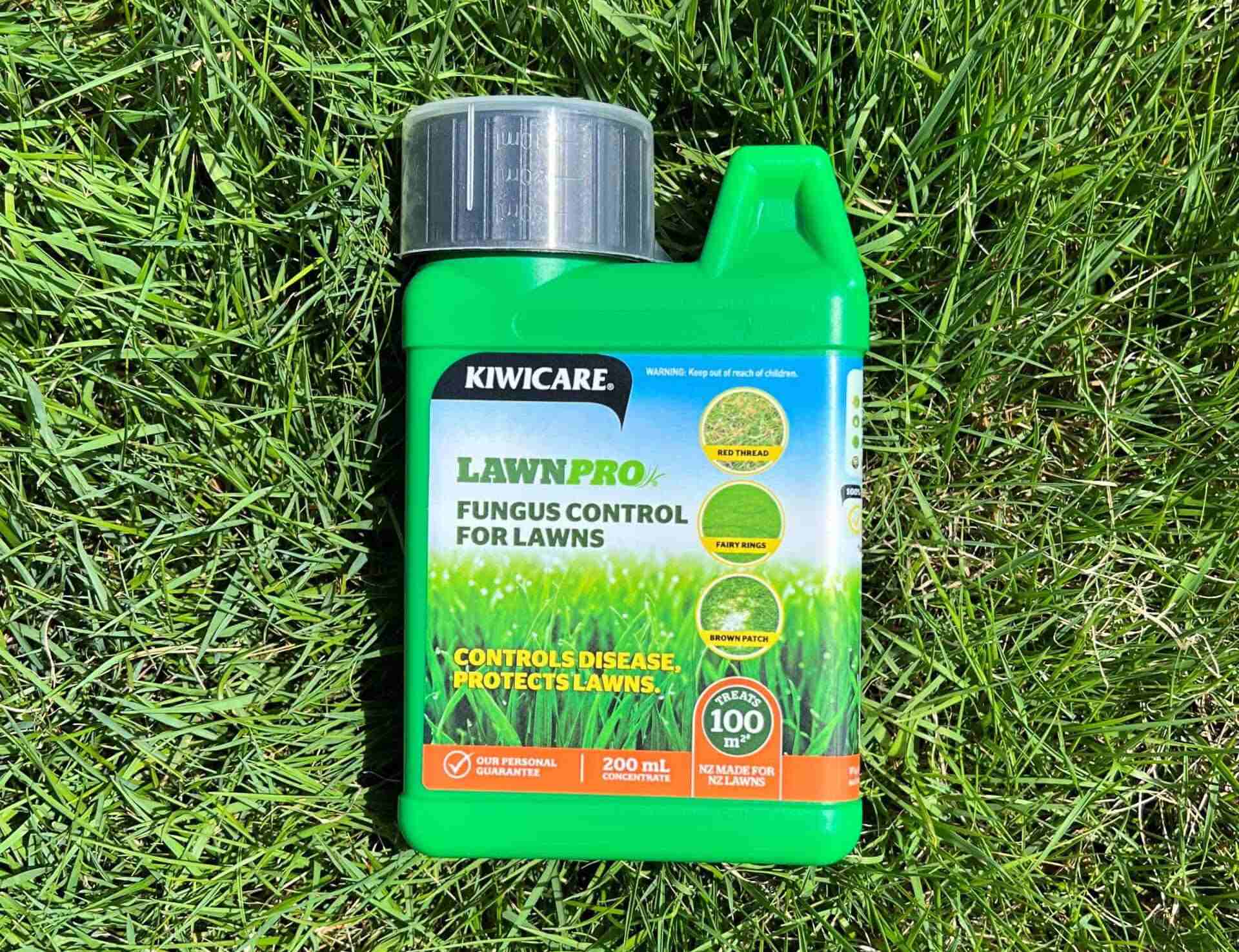
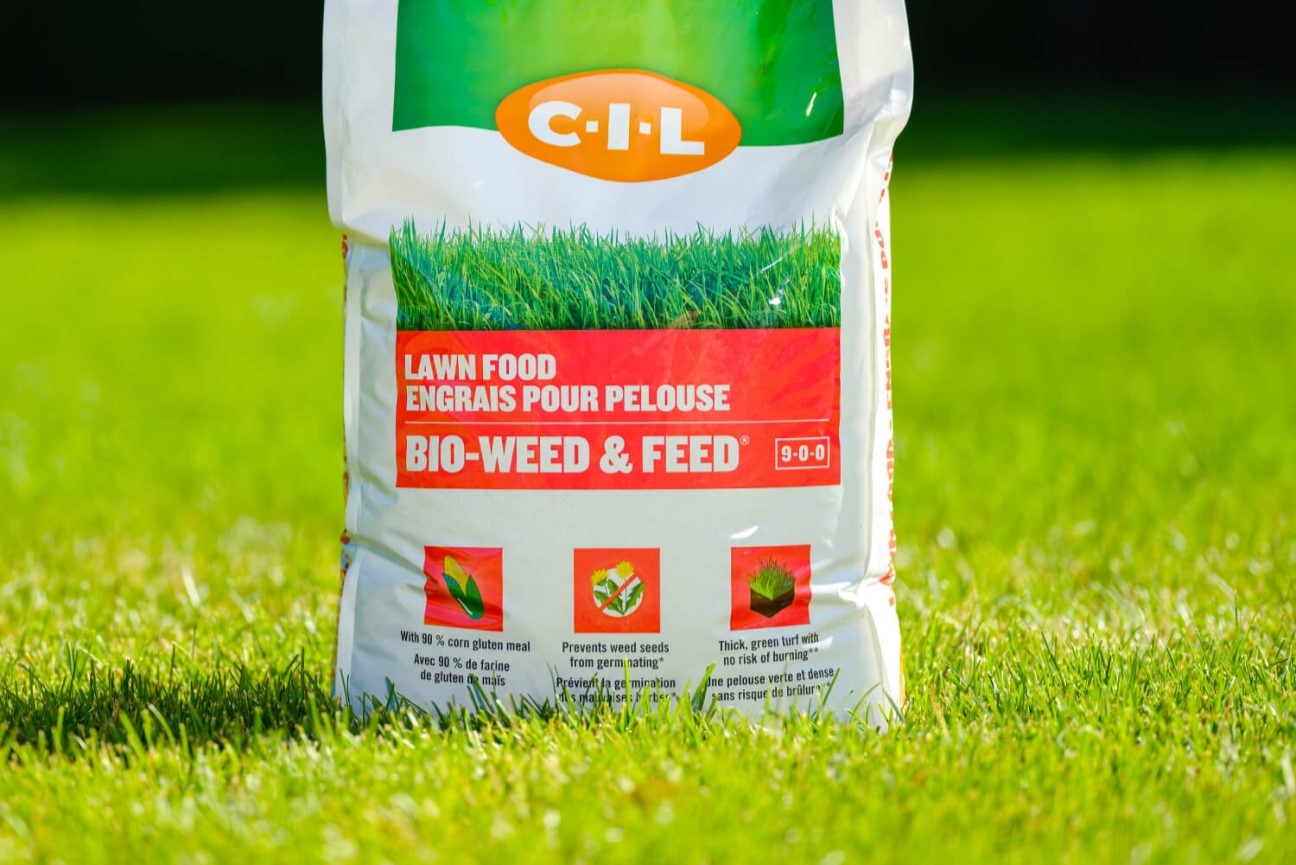
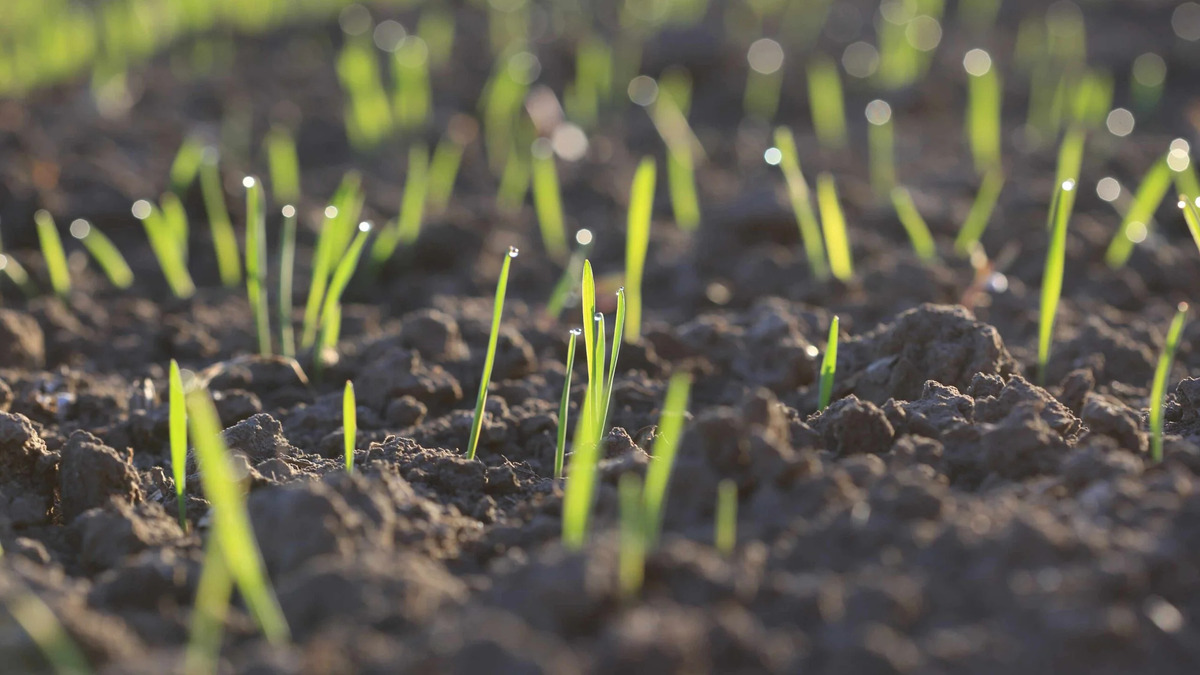
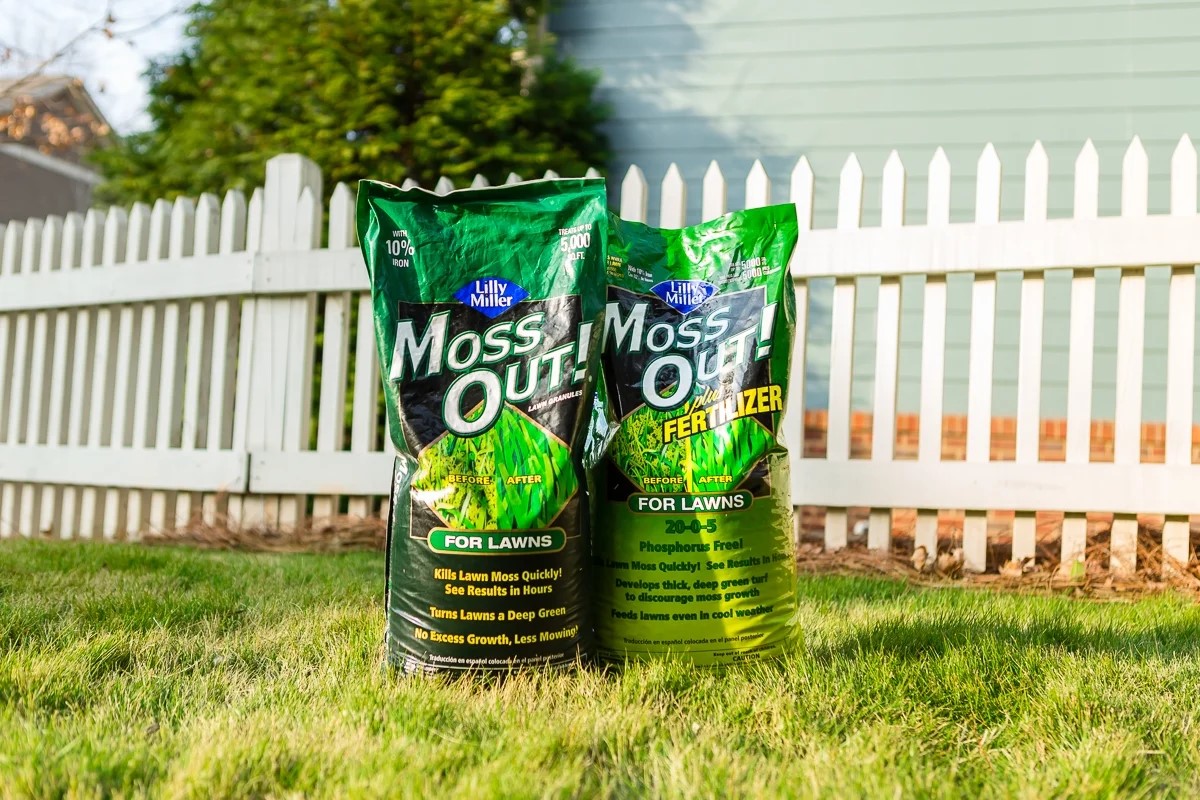
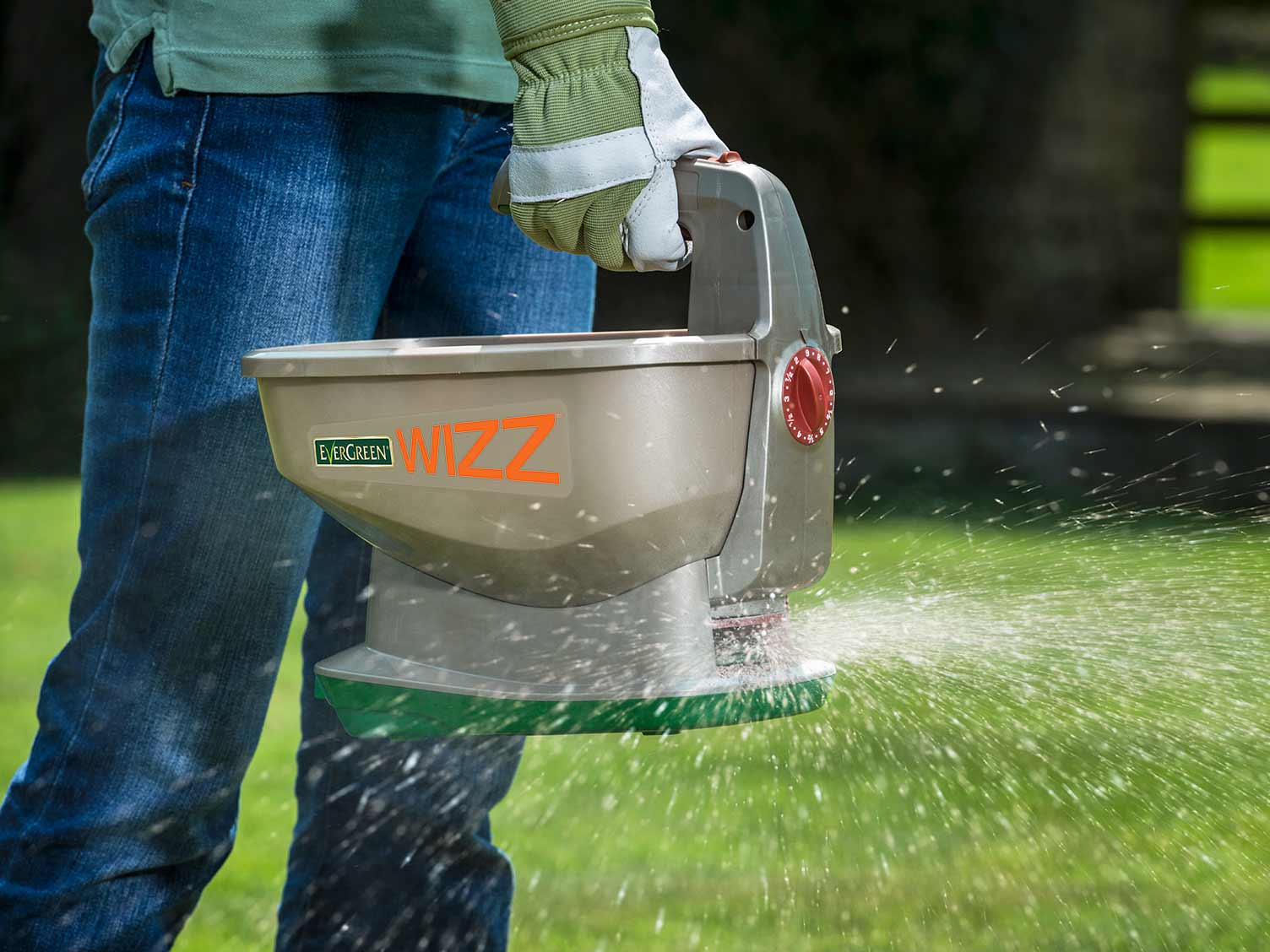
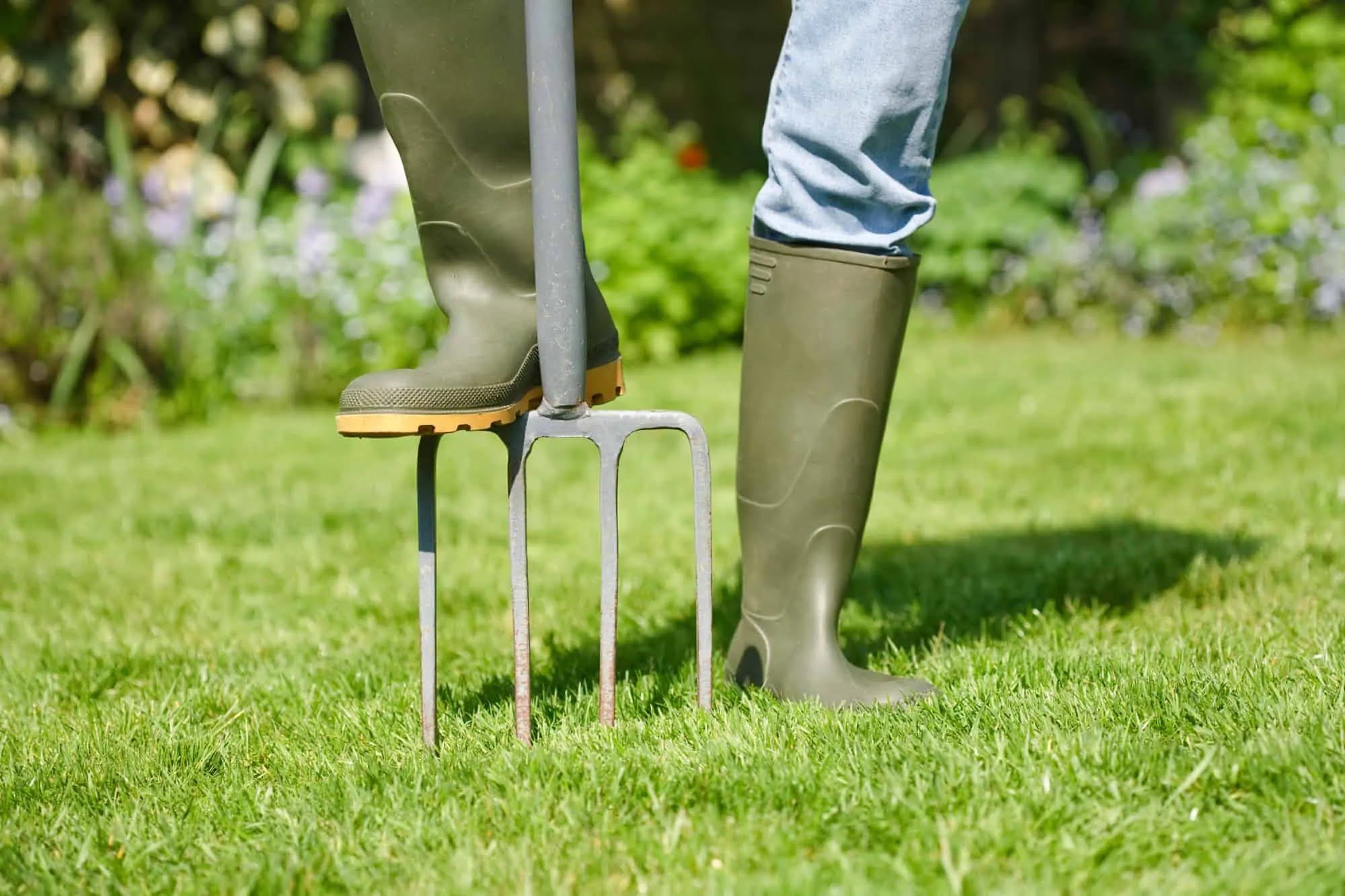
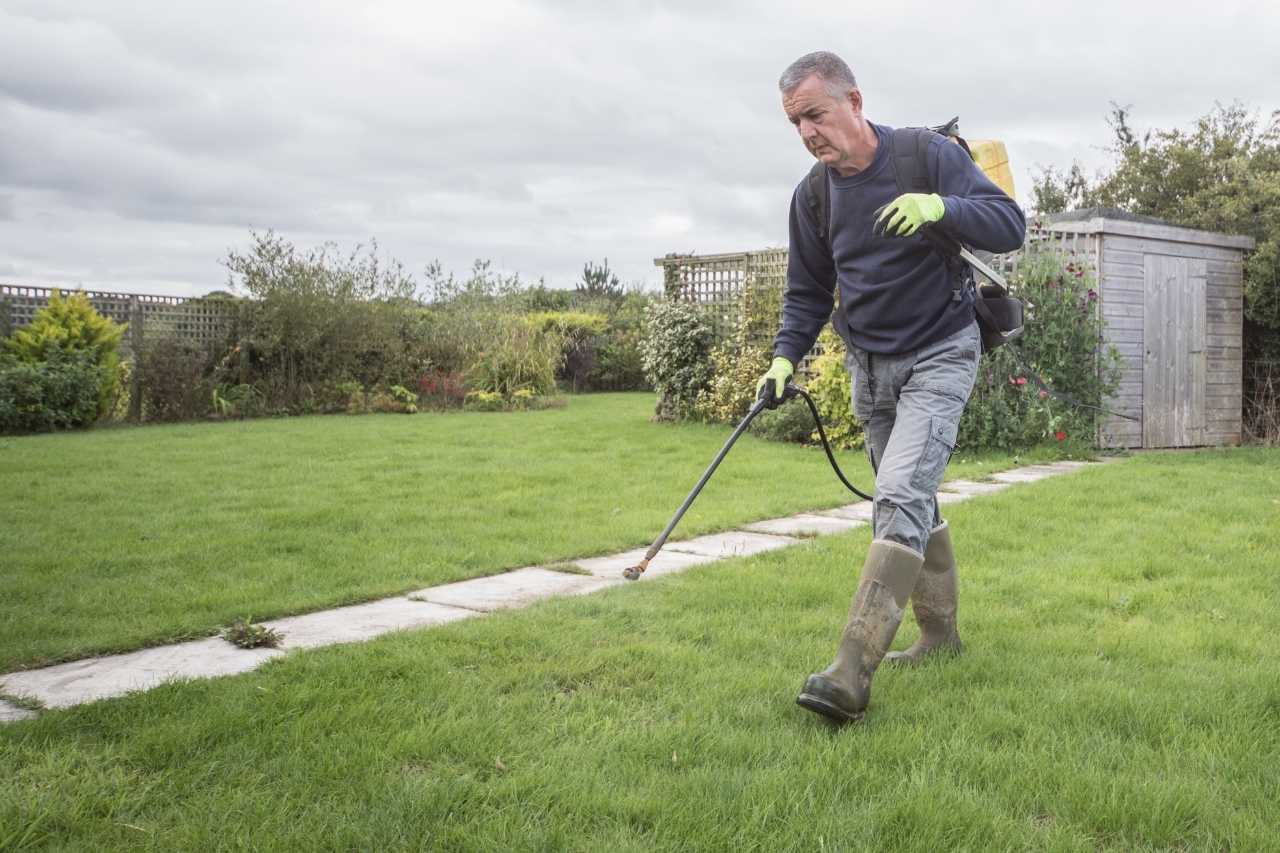

0 thoughts on “When Should Weed And Feed Be Applied To Lawns”